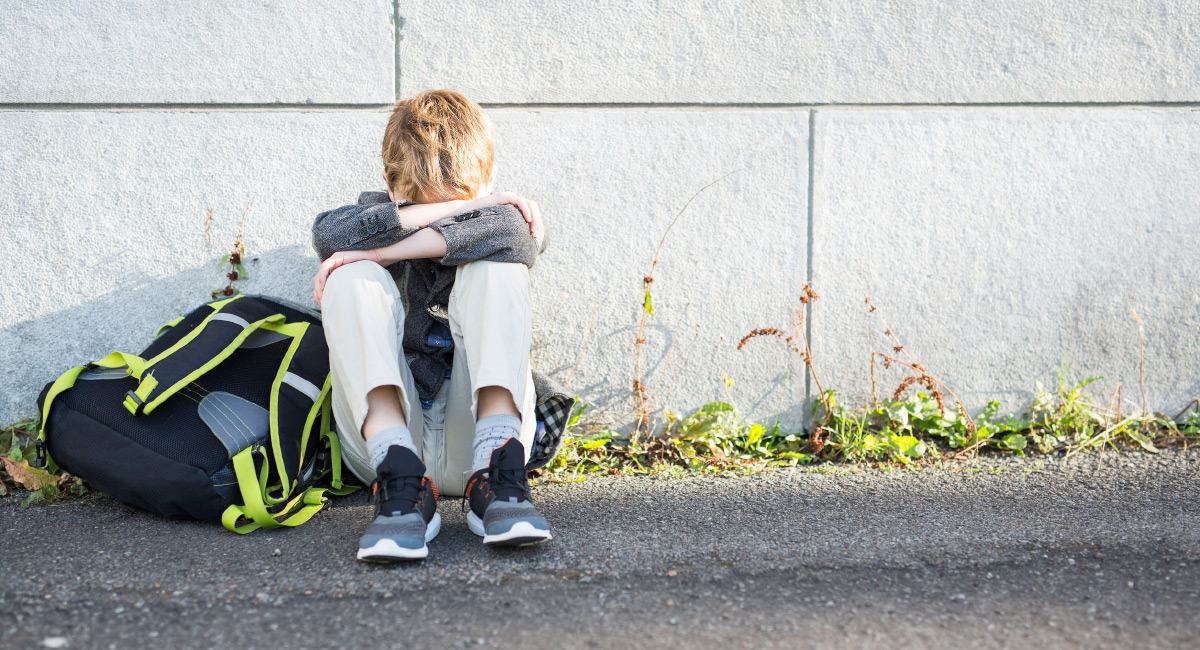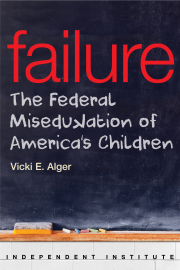Public schools throughout Michigan have a problem keeping students safe.
A 2018 Wallet Hub analysis, for example, ranked Michigan as having the sixth-worst “bullying prevalence” issue in the country, based on data from the National Center for Education Statistics’ 2018 edition of the Indicators of School Crime and Safety and the Center for Disease Control and Prevention’s (CDC) latest Youth Risk Behavior Survey, also published in 2018. As tempting as it may be to blame Detroit for Michigan’s low ranking, bullying and other safety issues are as bad—or worse—in high schools statewide.
A Child Safety Account would empower parents to transfer their children immediately to the safe schools of their choice within or beyond their designated public-school districts—including public district, charter, and virtual schools—as well as private and parochial schools.
More than 1 in 10 Detroit public high-school students reported being bullied in 2017, both at school (15.7%) as well as electronically (11.7%). Statewide, more than 1 in 5 Michigan high-school students reported being bullied at school (22.8%), and nearly as many reported being electronically bullied (19.6%).
Not only is bullying devastating for victims, mere exposure to peers being bullied hinders other students’ learning, increases their sense of helplessness and diminishes their feelings of support from their parents and adults at school.
Additional CDC and NCES findings reveal numerous other safety risks high school students in Detroit and statewide face. An alarming 7.7% of Detroit public high school students and 6.5% of all Michigan high-school students reported being threatened or injured with a weapon at school. Moreover, 14.3% of Detroit high-school students reported being in a fight at school, as well as 7.9% of students statewide.
Being victimized in these ways can take a tragic toll on students. More than 1 in 5 Detroit and Michigan high-school student victims seriously considered suicide, 20.2% and 21.3%, respectively. Worst of all, 13.7% of Detroit high-school students and 9.4% of their peers throughout Michigan attempted suicide.
Other students report that they skip school because they feel unsafe, including 10.4% of Detroit public high school students and 8.2% of all Michigan high-schoolers. Michigan state data indicate these percentages are even higher.
A jaw-dropping 62% of students at Detroit Public Schools Community District were considered “chronically absent” in the 2018 –19 school year, meaning they missed at least 18 days of school. This is much higher than the state average of 19.7%—not that over 290,000 chronically absent schoolchildren across the Wolverine State is something to write home about.
Adding insult to injury, 25% of Michigan public school teachers are considered chronically absentee, missing at least 10 school days each year. These absences are costly and negatively impact student achievement, especially the achievement of low-income students.
Michigan can ill afford the devastating effects of unsafe schools on students and their learning given its staggeringly low academic achievement.
Statewide, just 31% of students score “proficient or better” in math and reading on the National Assessment of Educational Progress by the time they reach eighth grade. Results for Detroit eighth-graders are far worse. Only 5% of them score “proficient or better” in math and only 6% in reading. These are the worst scores of any large city in America.
Despite federal efforts to promote student safety, clearly the status quo isn’t working.
Since the 2003-04 school year, students have been allowed to transfer to another public school under the Unsafe School Choice Option provision of what is now called the Every Student Succeeds Act (ESSA)—but only if their current public schools meet the state definition of a “persistently dangerous” school. Because states’ definitions are so narrow, fewer than 50 American public schools out of nearly 100,000 are labeled “persistently dangerous” each year. In fact, Michigan’s definition is so narrow, no public school has ever been deemed persistently dangerous.
From the youngest ages, children are told not to bully. Yet bullying continues throughout high school, as Jonathan Enyinnah writes.
Students should not have to wait years at a time or become victims of violent crime before their parents are allowed to transfer them to safer schools, which is current policy. That is why The Heartland Institute recommends states create a Child Safety Account (CSA) program. CSAs are a type of education savings account (ESA) for parents who believe, for whatever reason, their child’s school is unsafe. Here’s how the two programs work.
With an ESA, state education funds allocated for a child are placed in a parent-controlled savings account. Parents then use a state-provided debit card to access the funds to pay for resources that support their child’s unique educational program, such as tuition at a private or parochial school, tutoring, online classes, transportation, specialized therapies, textbooks, and even college courses while still in high school. Typically, unused ESA funds may be rolled over from year to year and can be saved to pay for future education expenses, including college tuition.
A CSA would empower parents to transfer their children immediately to the safe schools of their choice within or beyond their designated public-school districts—including public district, charter, and virtual schools—as well as private and parochial schools. CSA funds could also be used to pay for homeschooling expenses.
Under Heartland’s CSA program, students would be eligible if their parents had a “reasonable apprehension” for their children’s physical or emotional safety, including bullying, hazing, or harassment. Parents could also determine their child’s school isn’t safe after reviewing the incidents-based statistics schools would be required to report.
Unlike prevailing federal and state policies, Heartland’s CSA program doesn’t limit families’ options to public schools. Research shows private-school students are less likely than their public school peers to experience problems such as alcohol abuse, bullying, drug use, fighting, gang activity, racial tension, theft, vandalism, and weapon-based threats. There is also a strong causal link suggesting private school choice programs, such as CSAs, improve the mental health of participating students.
Copious other empirical research on school choice programs finds they offer families improved access to high-quality schools that meet their children’s unique needs and circumstances, and that these programs improve academic performance and attainment at lower cost than traditional public schools. Additionally, these programs benefit public school students and taxpayers by increasing competition, decreasing segregation, and improving civic values and practices.
Limiting families’ options to district public schools also makes no sense since more than one-third of American parents fear for their child’s physical safety at school—a nearly three-fold increase since 2013. That figure jumps to almost half of all parents earning less than $50,000 annually (48%). What’s more, concern over school safety is the leading reason homeschooling parents give for choosing this option. Similarly, 21% of Michigan public charter school parents reported that the safety of their child’s previous school was one of the main reasons they opted for a charter school, according a 2018 Mackinac Center for Public Policy survey.
The Michigan education system’s failure to protect children and provide parents with reasonable alternatives is precisely why a CSA program is so desperately needed. As things currently stand, Michigan is a private school choice desert. The state’s district model allows only wealthier families to transfer their child to a safer school when they feel it is imperative. The freedom afforded to those families should be afforded to all Michigan families. Every child deserves to have the resources available to allow them to escape an unsafe school environment.










